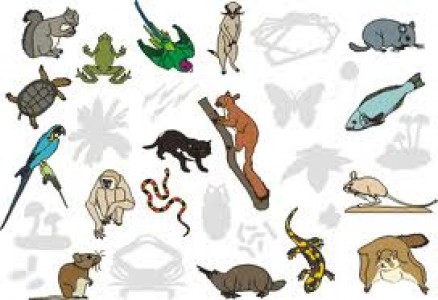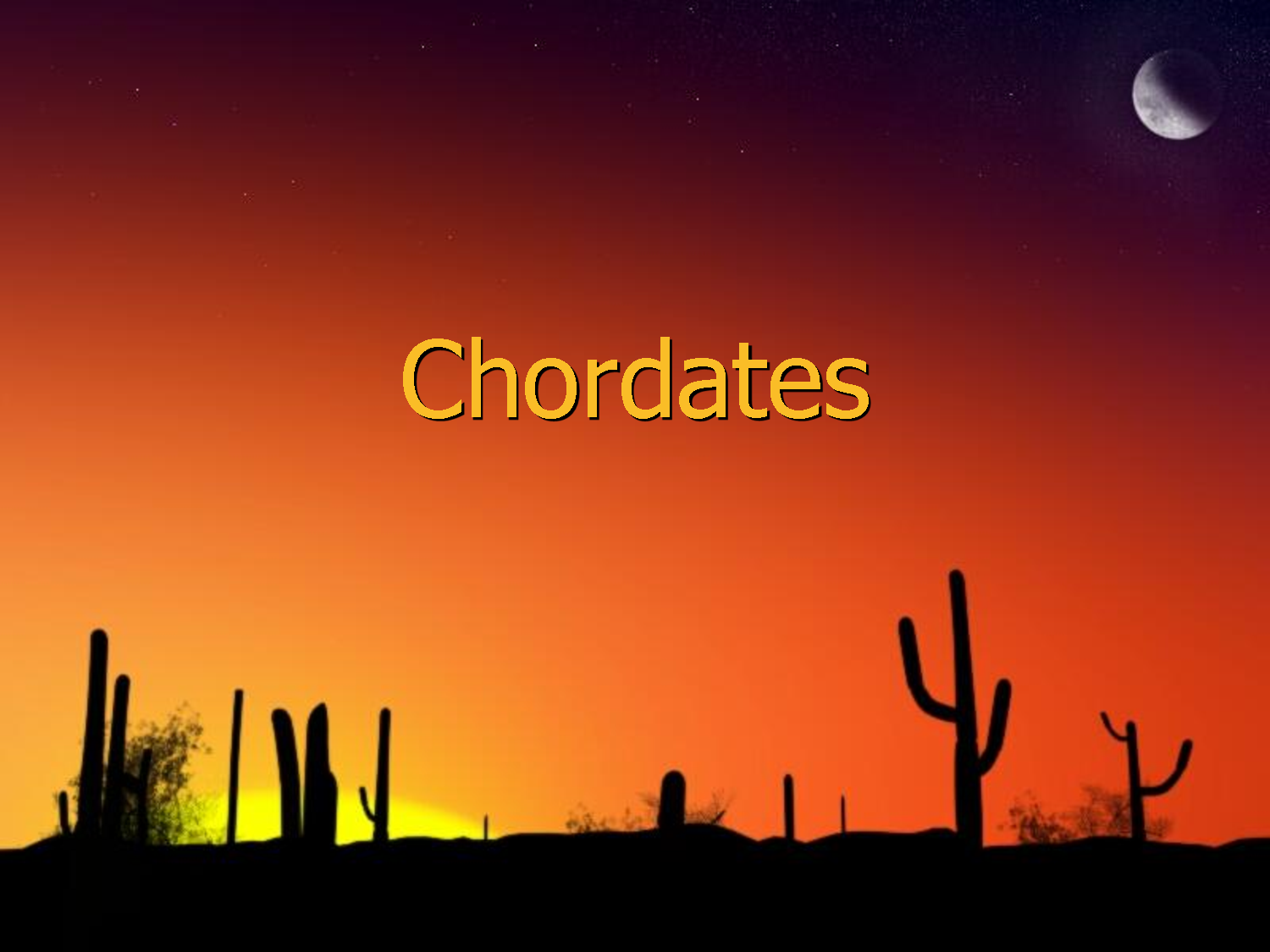Difference Between Vertebrates and Chordates

Vertebrates and chordates are two subgroups of Kingdom Animalia. Most people are of the view that chordates are the same as vertebrates but they are actually different. Vertebrates make up a group of the biggest and the most commonly known animals in the world. The defining characteristic of vertebrates is the backbone or spinal cord, a stiff rod running through the length of the animal.
Vertebrates make up a subset of chordates, meaning that all vertebrates are chordates. However this does not mean that all chordates are vertebrates, instead there are some invertebrate chordates as well. Vertebrates are distinguished from other chordates by the presence of a spinal cord. Among members of chordates, the diversity among the vertebrates is much higher than the invertebrate chordates.
All vertebrates have muscular systems consisting of muscles arranged in paired masses but the chordates do not have a specific muscle arrangement. Only the vertebrates posses a spinal cord, while the other chordates lack a backbone. All vertebrates have a bilaterally symmetrical body, a characteristic that other chordates lack. Furthermore, vertebrates posses a well developed brain, enclosed in a bony structure called a skull, while the rest of the chordates lack a well developed brain.
Vertebrates have a complete digestive system, starting from the mouth, found at or right below the anterior end of the animal and ending after rectum. This is found just before the exterior end of the animal’s body. The other members of the phylum chordate lack a properly developed digestive system and excretion is mostly done through skin. The gastrointestinal tract in vertebrates lies ventrally to the backbone.
Similarly, in vertebrates the respiratory system functions through lungs or gills, with the skin also playing a key role, especially in adult amphibians. The non-vertebrate chordates lack lungs or gills and exchange of gases takes place mostly through the skin. Moreover, all vertebrates can be easily distinguished from the rest of the chordates by having a clearly identifiable head.
Instructions
-
1
Vertebrates
Vertebrates are animals possessing a unique backbone with a well defined spinal cord. All vertebrates have a well-organised internal skeleton, which could be either stiff and bony, or soft and cartilaginous. Vertebrates make up the largest and most diverse group of animals, including Birds, Mammals, Reptiles, Fish and Amphibians.
- Image courtesy: letmebuy.com
-
2
Chordates
Chordates are deuterostome animals with some very distinctive characteristics including a notochord, a hollow dorsal nerve cord, pharyngeal slits, an endostyle and a post-anal muscular tail, which are kept for at least some period of their life cycle. Phylum Chordata includes over 60,000 species, with more than 57,000 vertebrate species, 3,000 tunicate species and few lancelets.
- Image courtesy: docstoc.com







